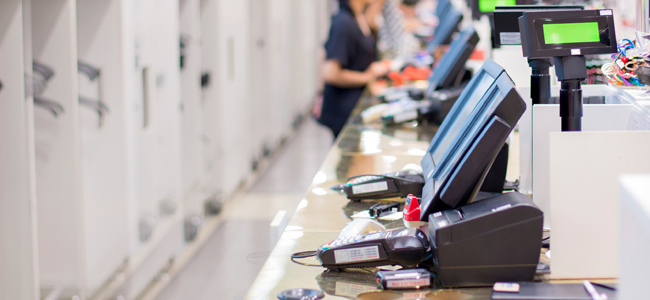As per cyber security-related survey reports, 2016 has witnessed a decline in the incidence of POS malware attacks and Point of Sale security breaches.
The last two years had seen POS malware evolving into a great security threat worldwide. POS malware had been impacting businesses worldwide and retailers have had to think hard and initiate cyber security measures to combat POS security breaches. But now, as 2016 draws to a close, some survey reports seem to indicate that POS malware might be on a decline. Well, this despite the fact that there have been reports of a 400 percent increase in Point of Sale malware strikes during Thanksgiving weekend this year across the US.

As per research data collected by security experts, there has been as much as a 92 percent decline in POS-based attacks since 2014. The number of new malware variants targeting POS systems have gone down, as per these experts. While in 2014 it was the BackOff malware family that posed great threats to thousands of businesses and retailers, 2016 has seen AbaddonPOS and PunkeyPOS emerging as they key players among POS malware families. But, in total, there has been a real considerable decline in the overall instances of Point of Sale malware attacks.
Experts who have come up with such reports also explain the reasons for this reported decline in POS malware. A major reason, according to experts, is that businesses have now upgraded their security with chip-based POS systems after some of the recent big data breaches had happened. They also point out that hackers too are showing a tendency to move away from POS-based attacks to other, more effective methods, like for example ransomware.
To be noted is the point that it’s just a decline and not the total wash out of POS malware that’s reported. Just as these survey reports seem to suggest a decline, there are POS-based malware attacks happening everywhere and card data being breached in large numbers as well. The experts also say that while POS malware is on the decline, there is a great increase, as much as 110 percent increase, in spam volume in 2016, compared to 2015.